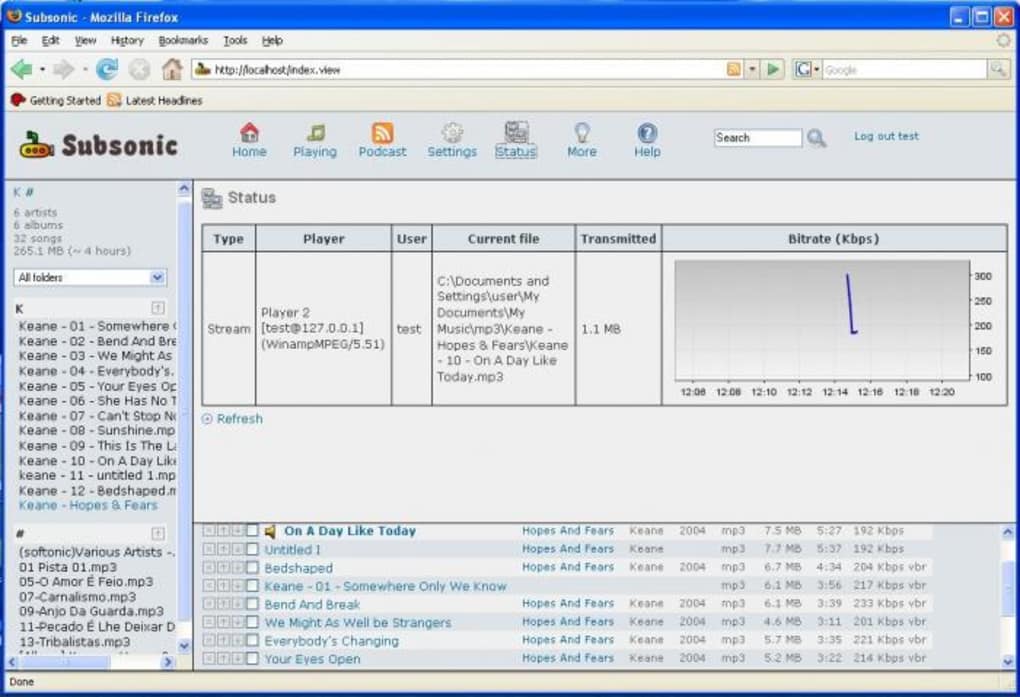
Using a surplus bullet assembly press, he also began to produce. These bullets sold well all over the country. 22 rimfire cases into bullet jackets, and then into bullets.

In 1949 Joyce Hornady and his original partner Vernon Speer built a machine that converted spent. Black Hills makes a variety of high-quality police ammo, ranging in size from. It also supplies duty and training ammunition to many law enforcement agencies nationwide. Military, including all current contracts for 5.56 match ammunition. Started by a cop named Jeff Hoffman about 20 years ago, Rapid City, S.D.-based Black Hills Ammunition produces new ammunition for all four branches of the U.S. Speer's Uni-Cor process bonds the jacket to the core one molecule at a time, virtually eliminating core jacket separations. Gold Dot was the first handgun ammunition to be loaded with high-performance bonded core bullets. Conventional bullets are made by forcing a lead core into a jacket, creating a two-piece bullet design. Most bullets perform adequately in soft tissue, but fragment or expand prematurely when obstructed by bone, heavy clothing, or any number of other potential real-life shooting barriers. Jacket/core separations are one of the primary causes of bullet failure. 22 caliber shells, and that includes literally billions of rounds of ammunition for the military.Īnd with good reason. Federal Cartridge and Gold Dot/Speer are two of the companies operated by this large conglomerate, which makes everything from rocket motors to. The following is a quick look at some likely candidates for your own testing.ĪTK is a giant in the ammunition business. That's how police ammo is graded by the FBI.
#Seal team 6 subsonic rounds driver
This simulates a shot at the driver of a car bearing down on the shooter. Test Eight: Automobile Glass at 20 yards-This test repeats test event six, but at 20 yards and without the 15-degree horizontal offset. Test Seven: Heavy Clothing at 20 yards-This test event repeats test two, but at 20 yards. This test event simulates a shot taken at the driver of a car from the left front quarter of the vehicle. The gelatin block is placed 18 inches behind the glass. quarter-inch laminated automobile safety glass is set at an angle of 45 degrees to the horizontal and 15 degrees to the side, resulting in a compound angle. Test Six: Automobile Glass-One piece (15x18 inches) of A.S.I. The gelatin block is placed 18 inches behind the rear piece of gypsum. Test Four: Wallboard-Two pieces of half-inch standard gypsum board are set 3.5 inches apart to simulate an interior building wall. A gelatin block covered with a T-shirt and a dress shirt is placed 18 inches behind the rear-most piece of steel.


Test Three: Steel-Two pieces of 20-gauge, hot-rolled steel with a galvanized finish are set three inches apart to simulate a car door. The shots are fired so as to not impact on a stitch line of the comforter. One each of the following: cotton T-shirt material (approximately 48 threads per inch and 5.25 ounces per square yard), cotton dress shirt material (approximately 85 threads per inch and 3.5 ounces per square yard), a down comforter (500 to 550 fill power) in a cambric shell (approximately 232 threads per inch), and denim (approximately 50 threads per inch and 14.4 ounces per square yard). Test Two: Heavy Clothing-The gelatin block is covered with four layers of clothing. Tests seven and eight are shot at a distance of 20 yards from the muzzle. Tests one through six are shot at a distance of 10 feet from the muzzle to the first barrier. The test medium is 10-percent ballistic gelatin, by weight.


 0 kommentar(er)
0 kommentar(er)
